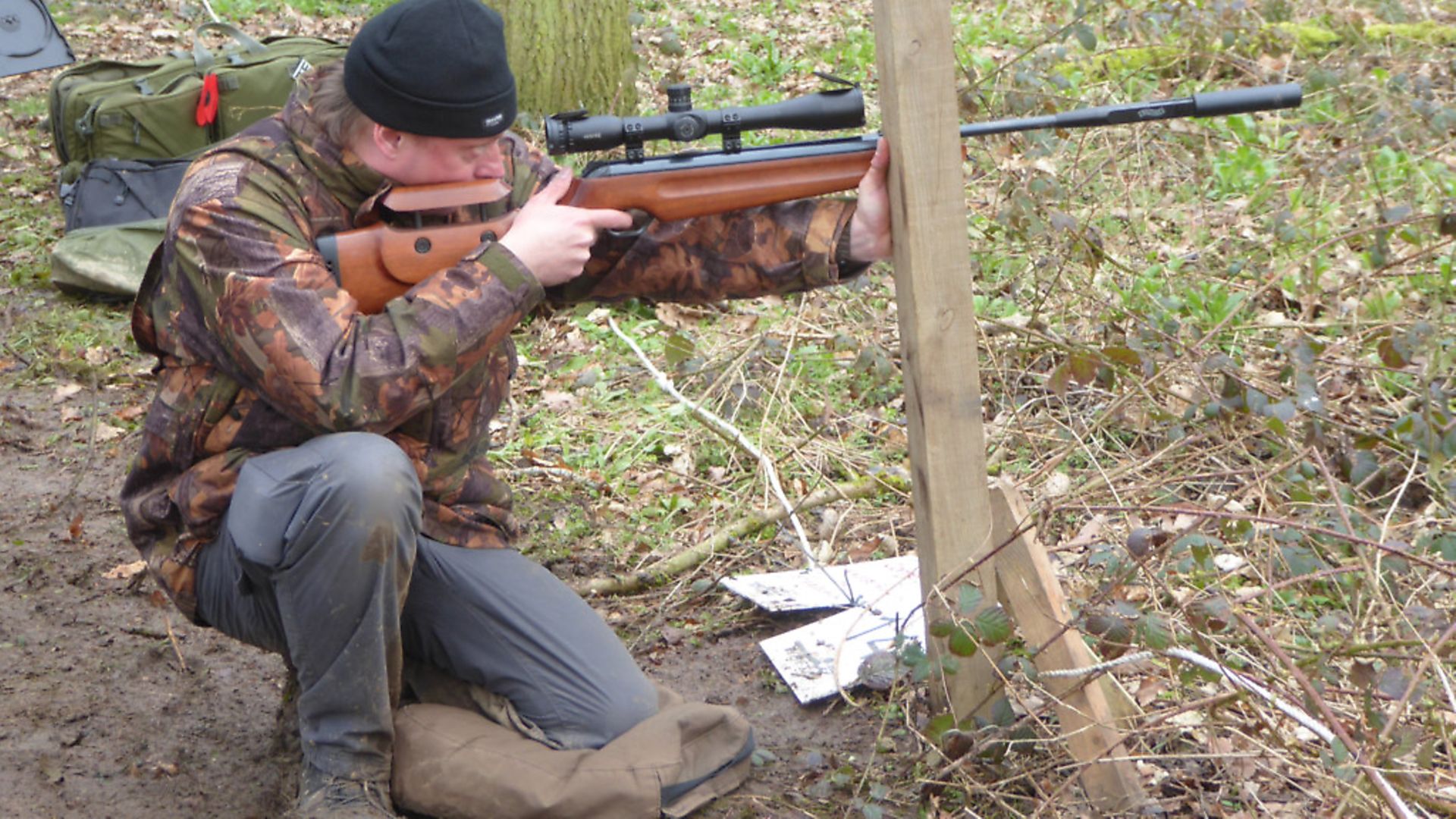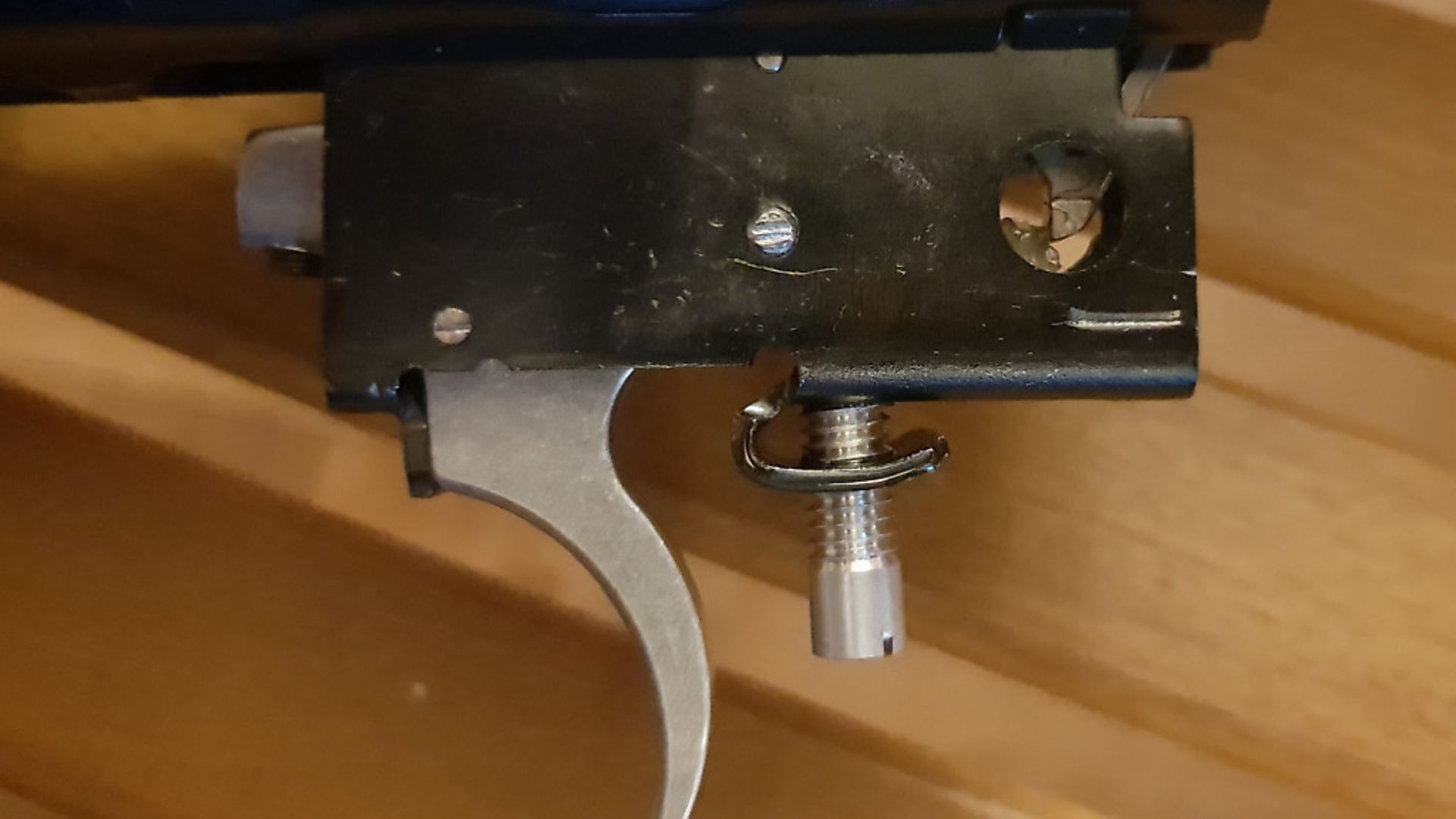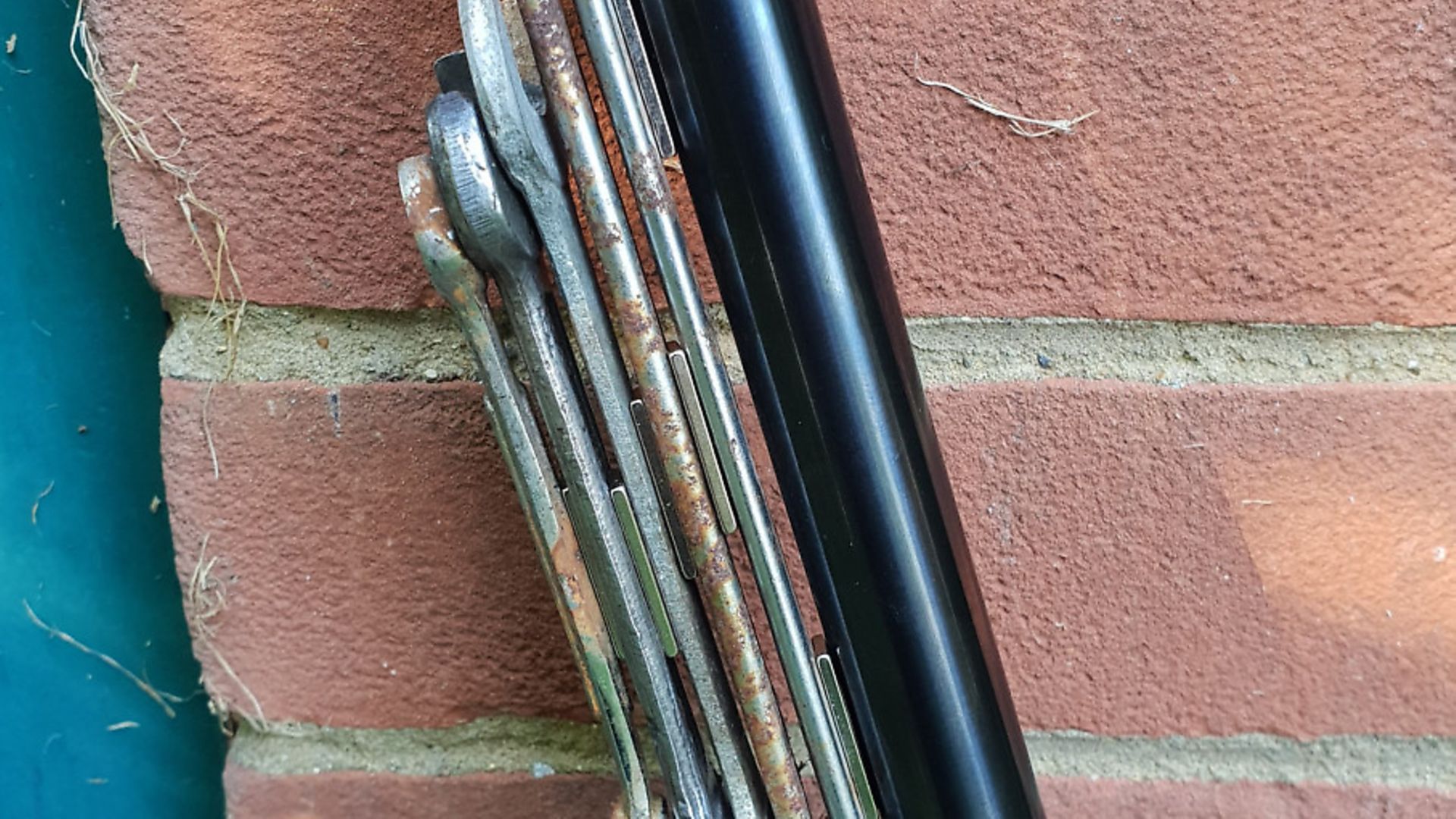Gary Chillingworth puts two classic springers head to head
 credit: Archant
credit: Archant
Firstly, let me apologise. Yes, this is another article about springers, but before you start rolling your eyes and flicking to the next page, I can assure you that this is one that you are going to want to read. There are many companies that produce boingers; Air Arms, BSA, Gamo, Weihrauch and Walther to name but a few, and within these companies’ catalogues, their spring rifles fall into two main groups – break-barrels and underlevers. In this piece I am going to go through the pros and cons of both, and hope to answer a few questions, plus give some tips and tricks to help you along the way.
First of all, what is the difference between the two? Well, to be honest, not a huge amount. They both have a spring, a compression tube, a piston, and they’re all lubricated with grease and use washers to adjust the power. There is one fundamental difference between them, though – the underlever rifles, like the Weihrauch HW97 and Air Arms TX200 series, have a barrel fixed in line with the compression tube and use a lever that is slung below it to compress the spring that gives the rifle its power. The break-barrel uses the rifle’s barrel itself as the lever, which rotates to about 90° in a downward direction to compress its spring. In the past, some shooters have veered toward the underlever because they believed that moving the barrel on a springer could negatively affect accuracy, and to be honest, this is what I really want to look at – can a break-barrel be as accurate as an underlever?
High quality kit
The rifles that I’m going to look at are the Weihrauch HW98 and the Air Arms TX200HC. There was also an option of the very good Walther LGV Competition Ultra, but to be honest with you, I own a TX, I’ve always wanted a HW98 and this article was a good reason to nip down to the Airgun Centre in Rayleigh and hit the credit card. These rifles are at the premium end of the scale, costing around the £400 mark. Rifles from the likes of BSA and Gamo are still great guns, but are in a different price bracket, so I thought it only fair to judge like with like.
Luckily, the rifles I’m using are brand new, out of the box, and so have not been tuned or messed about with; they are running factory lubrication, full-weight springs and pistons, are consistent over the chronograph and set to 11.6 ft.lbs. I cleaned the barrels and put 150 pellets put through each to lead them up and they were tested using Hawke Varmint scopes.
The first thing that you notice when you pick up the TX200HC is how much more front-heavy it is – the HW98 is balanced more towards the middle, and holding it in the standing position is very easy. However, when you bring the rifles to the shoulder, the TX seems more stable if I am shooting toward the ground, but when I am standing or kneeling and trying to shoot an elevated target, the HW98 seems more comfortable. More importantly to me, though, is how the rifle performs in the prone shots because this is where these springers will spend most of their time in my HFT competition world. I started off at 20 yards, and after learning the triggers and dialling myself into the guns, they were both shooting a ragged, single-hole group. Pushing out to 30 yards, the TX was still shooting a ragged, one-hole group, but the HW98 had started to throw a few pellets slightly high. At 40 yards the TX was still grouping well, but the 98’s group had expanded slightly to about 20mm for 10 shots.
 credit: Archant
credit: Archant
Why was that?
I couldn’t understand why this was, but after a few phone calls and a bit of research, I discovered it was down to hold and weight distribution. The HW98 does not have the weight of a lever slung underneath the barrel to hold it down, so the front end can be a bit more jumpy. If you push your cheek tightly into the comb at the back, as I do, this pressure tries to pivot the front end up, so without the added weight of the lever, the rifle can jump. The way to combat this is either to have a neutral hold, with a slightly stronger grip in the front, or to add some weight to the muzzle. This can be done by adding a weighty silencer or a slip-over, brass air stripper. To test the theory, I placed some magnets on the barrel and added some large spanners to the underside, which seemed to work very well. The groups tightened up until they were equivalent to the TX.
The thing that helped most to improve accuracy, though, was to adjust the triggers. When a rifle leaves the factory, the triggers are set to be nice and safe, so have a fairly strong/heavy pull. This is for safety because not everyone wants or needs a light trigger. I’ve found that if you lighten the trigger and have a first stage with a few millimetres of travel – first stage is the distance you pull the trigger before you reach the second stage – and a nice light break – the break is the second stage when the trigger releases and fires the gun – my accuracy improves. However, please don’t go too light or your gun will be unsafe. If I have to put more and more pressure on the trigger blade, it causes me to twist and turn and not concentrate on hold or target sighting. To shoot at my best, the trigger should feel instinctive and natural. Both the Weihrauch and Air Arms triggers are easy to adjust and come with full instructions. Just make changes in 1/8th of a turn at a time until you find a setting that works for you. To get the very best from them you can strip and polish the trigger’s components and Air Gunner’s Neil Price has done some great articles on how to do it – that’s where I learned – and there are also some great videos on YouTube.
 credit: Archant
credit: Archant
Myth busted
So, where does this leave us? Well, I think side by side the TX200HC might have the slight edge on accuracy over the HW98 in standard guise, but if you add a silencer to the HW98 this advantage is negated. The 98 comes with an adjustable height cheek piece as standard, which for me is worth its weight in gold. Both have great build quality and with a bit of work can be made to shoot almost as well as a similarly priced pre-charged pneumatic. The TX is easier to work on because it strips down with just the removal of five bolts, but the HW98 is in my opinion a stunning looking rifle.
The TX is easier to cock than the 98 from the prone position, when breaking the barrel is more awkward than the underlever, but to be honest, there’s not a huge amount in it. The problem I’m having is – I like them both. I bought them with my own money, so they’re not just test guns loaned to me free of charge. Sometimes we journos can be accused of writing only positive reviews, but I wouldn’t spend my own money on rubbish. If you buy a TX200 series rifle or an HW98 it will last you for years. It could compete at the highest level and be a joy to play with. It’s like comparing Jaguar and BMW – both are great, both will do everything you want and more, it just comes down to which one you want to hold in your hands. So there you have it; you can officially consider the myth of break-barrels being less accurate as well and truly busted.
__________________________________________________
Gun test: Air Arms TX200HC
Gun test: Weihrauch HW98